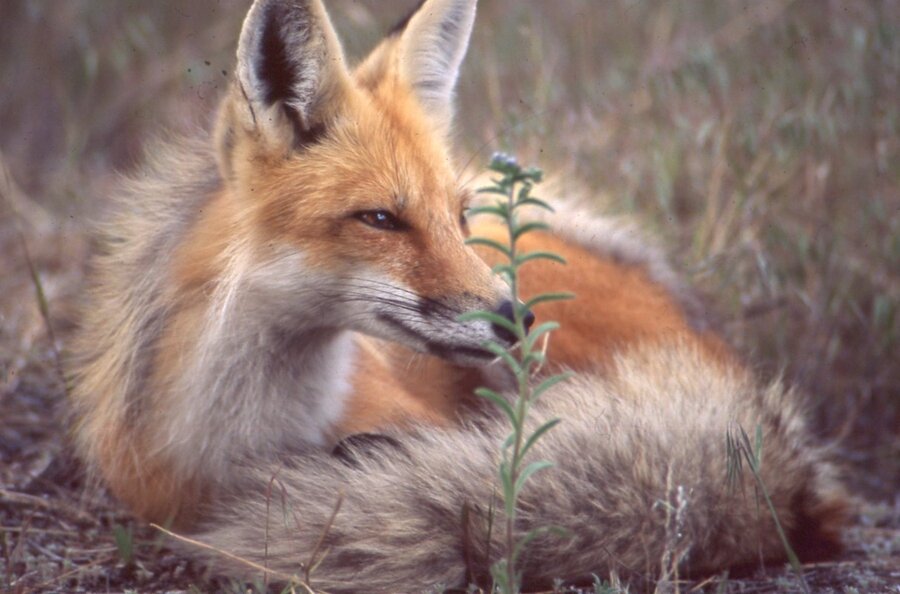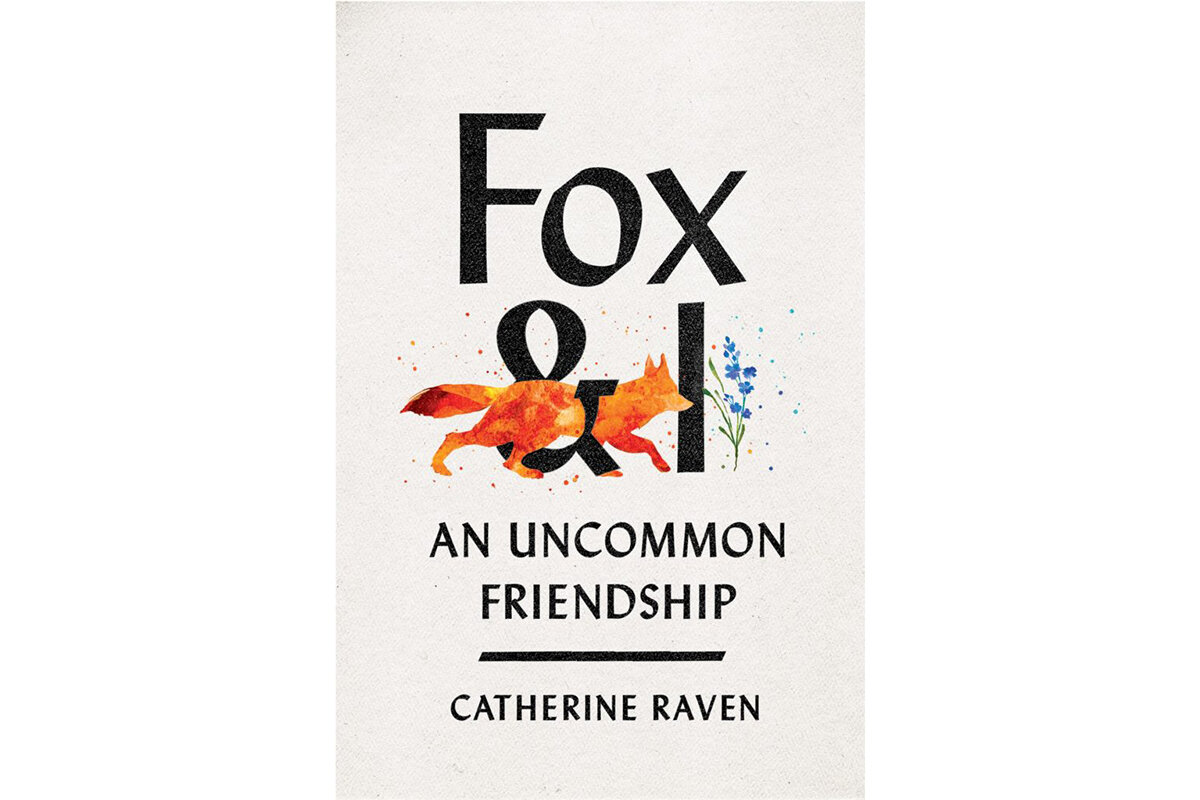Can humans and animals be friends? ‘Fox & I’ raises the question.
Loading...
At the beginning of her utterly captivating book “Fox & I: An Uncommon Friendship,” Catherine Raven is talking with a scientist acquaintance about a wild fox that has taken to visiting her at her remote cabin on a regular basis. The acquaintance tells her, with the gentle condescension that female naturalists have been hearing from men for well over two centuries, that her fox experience is just fine “as long as you’re not anthropomorphizing.”
Raven, a former park ranger and experienced teacher of natural history, is well aware of the stigma associated with imparting human traits to wild animals. “You don’t need much imagination to see that society has bulldozed a gorge between humans and wild, unboxed animals,” she writes, “and it’s far too wide and deep for anyone who isn’t foolhardy to risk the crossing.”
In “Fox & I,” Raven risks that crossing. The resulting book is beautiful and wise without ever being sappy or manipulative.
Why We Wrote This
How much can we ever really know a wild animal? When a fox starts visiting her home each day, naturalist Catherine Raven is captivated – and left with many questions.
Soon after sequestering herself out in the Montana wilderness (teaching classes online, but otherwise keeping a wide distance from her nearest human neighbors), Raven realizes that the fox is arriving at the same time every day. He seems more curious than cautious. “He thrust his face at me,” Raven notes at one of their first meetings. “A normal fox would have run away when the door opened. His boldness suggested that I was in his territory, instead of the other way around.”
They come to know each other, and it’s impossible to avoid concluding that they also come to like each other. Raven hauls a chair outside and reads in Fox’s company; he pretends to sleep only a few feet from her and stores his fresh kills on her doorstep for safekeeping before bringing them home to his den. In the best tradition of popular natural history writing, readers learn a good deal about wild foxes as they’re learning about this particular fox.
Raven is a natural teacher and an easy, digressive storyteller. The seasons, the wildflowers, the rhythms of the natural world fill these pages and pull the reader in. She mentions at one point, for instance, that her default hiking gaze is permanently set at 1 meter (3 feet) above the ground – bear height – because she’s had encounters with bears and doesn’t want to repeat the experience. “If you cannot spot a bear within thirty meters,” she writes, “neither your running ability nor the sidearm in your shoulder holster will save you from injury.”
But Fox is the star of the show, and there’s nothing more important to Raven than his wildness. Although he grows more comfortable over time, he’s never anything but self-possessed. When a student muses about how close Raven is to Fox (“I was sure you were going to call the little fellow ‘Foxie’”), it already feels odd to the reader. “Foxie? As if he were a pet,” Raven thinks. “As if hanging around a fox was tantamount to decorating a terrier in tartans or teaching a parrot to solicit crackers.”
It’s the essential strangeness of Fox that makes him so compelling. He chases prey and is chased as prey; he dens and raises kits. And yet he seems to enjoy her company, and she finds herself asking human-sounding questions: “Did he have a personality? Did he care about me? Had he wanted to be my friend?”
Fox’s exit from the narrative (the one stark caution of natural history books like this one is that the exit is preordained) is as unfathomable as his arrival. This, too, evokes no sentimentality in Raven. She will go on – the book ends with plans for the future – but there will now be the before and after. As Raven puts it, the time before was “impoverished by foxlessness.”
Finishing this book, readers will feel the same. And they’ll be happy to have made his acquaintance.







